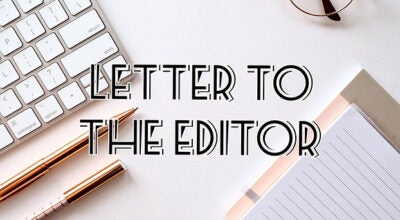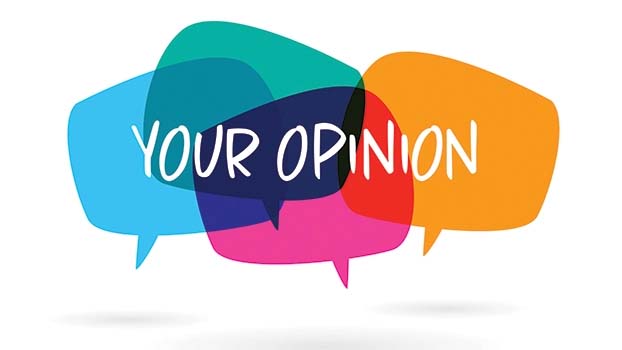STUDEBAKER: Traditional library services are given new twists
Published 9:36 am Monday, July 29, 2019
The Niles District Library Board approved the 2019-2029 Vision Plan at its June meeting. The Vision Plan is divided into six focus areas: Building, Learning, Community, Marketing, Traditional and Leadership.
The traditional textbook definition of a library is a collection of books that is organized using a formal and prescribed method and loaned to members of the library. In the library world, we call this collection, cataloging and circulation. Another traditional library service is “reference,” which simply means providing guidance and assistance to patrons using the library’s collections.
The section in our Vision Plan that focuses on traditional library services includes these activities and many, many new twists on these traditional services.
For many decades, libraries have collected, cataloged and circulated much more than books. At NDL, we offer audiobooks, DVDs, toys and tools, among other things. One new twist we will be focusing on in the coming years is growing our Library of Things and increasing its usage.
As its name suggests, the LoT is a collection of “things” that we organize on shelves in the basement and loan to patrons. These “things” include a roto-tiller, a ukulele, a tent, a telescope, an ice cream maker and much, much more.
Another aspect of traditional library service is preservation of local history. Our vision plan establishes goals for preserving the photos, newspapers and other unique documents which tell the story of our community. For this, we will be partnering with the Niles History Center. Our preservation will focus on digitizing the items and making them easily accessible online.
The most ambitious goal in the “Traditional Library Services” section of our cision plan is to upgrade our circulation system within the next six years. Our current system works well but lacks many of the features that are available in more sophisticated — and, yes, expensive — systems.
Replacing our barcoded system with an RFID (radio frequency identification) system would allow us to greatly streamline all our circulation processes. A small RFID “tag” is placed in each book. The RFID tag contains a microchip and aluminum antenna. The RFID tag is programmed with identification and security information. RFID tags can be read at a distance to identify. Because RFID readers can read multiple RFID tags simultaneously without needing to physically locate the tag, check in, check out and materials handling tasks are quicker and easier library staff.
RFID makes self-check-out a breeze for library users. Library inventory, which is currently labor intensive, is accomplished by aiming an RFID receiver at a shelf of books. The receiver is able to determine if all the books with a “checked-in” status are there, and it will let the user know if they are out of order.
The coming decade will, no doubt, bring many changes to our library services. But some things never change. Our mission is to provide access and guidance to resources that inform, entertain and enrich. Our vision is a community of lifelong learners who want to make Niles their lifelong home.
Nancy Studebaker is the executive director at the Niles District Library. She can be reached by email at director@nileslibrary.net





